Warning: this is one of my marathon posts; it might load slow and it will take some time to read. It takes little time to skim. It will take no time at all to just read this paragraph and look at one photo.
Some readers might have noticed I occasionally post photos. When It comes to photography, I’m an amateur. Not only that, I don’t work really hard at it. Some people make their hobbies a life’s passion, but for me it’s just another way to expose the wonderfulness of me to the world. For that, one need only be ‘mediocre’ with occasional flashes of ‘good’.
Despite my obvious photographic limits, people occasionally ask me photography-related questions. They do so as if they believe I know what I’m doing. This belief persists to this day despite me voicing numerous protestations.

Occasionally, I ignore the feeling of being a fake rabbit in real snow and write what may pass for advice posts. I’m not very diligent about labeling them as such so I might miss a few, but here’s a review of my photography advice posts.
The first post in this genre is not advice; it’s my April 2011 review of my D7000 purchase. In the process of reviewing the camera, I compared it to the previous Nikons I owned (and still own).
Unlike the original post, where WordPress lost all the links, these photos should open up to larger versions (full-size versions). For them interested in the SmugMug experience for the photos in the post, the gallery is HERE.
In the course of testing the camera, I tried a number of interior photos, exterior photos, and what I was really interested in, low-light photos. Here are a few of the test photographs taken under various conditions and using various lenses, but for the full experience you should read the original post.

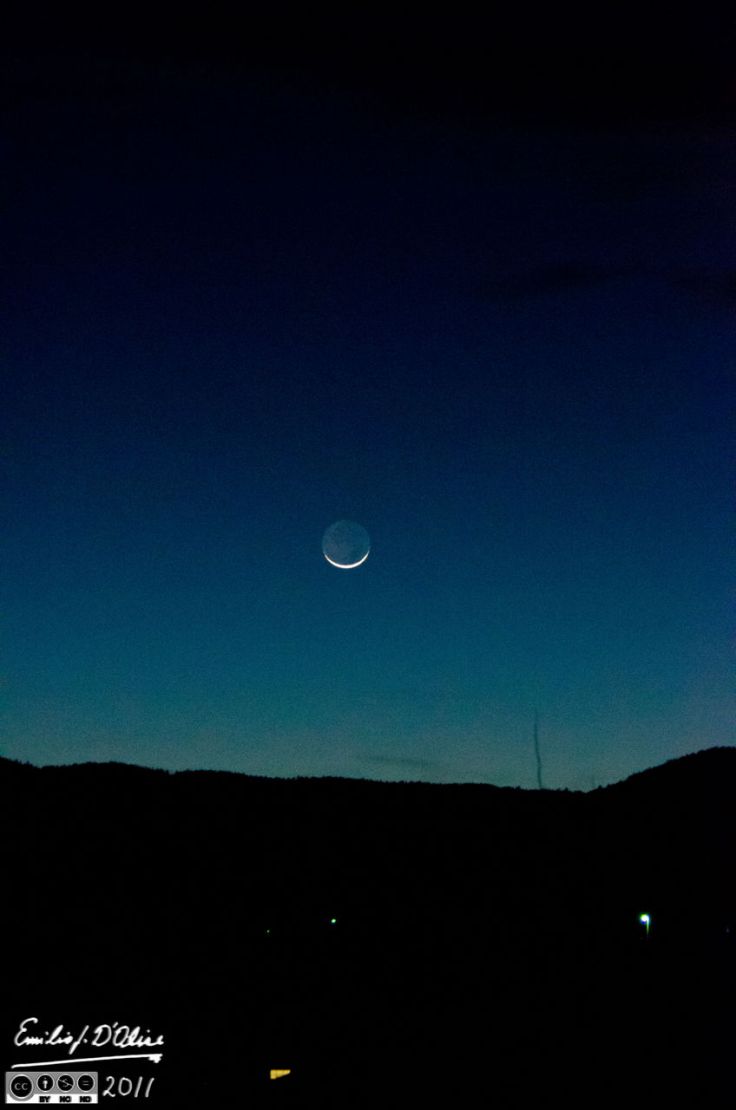



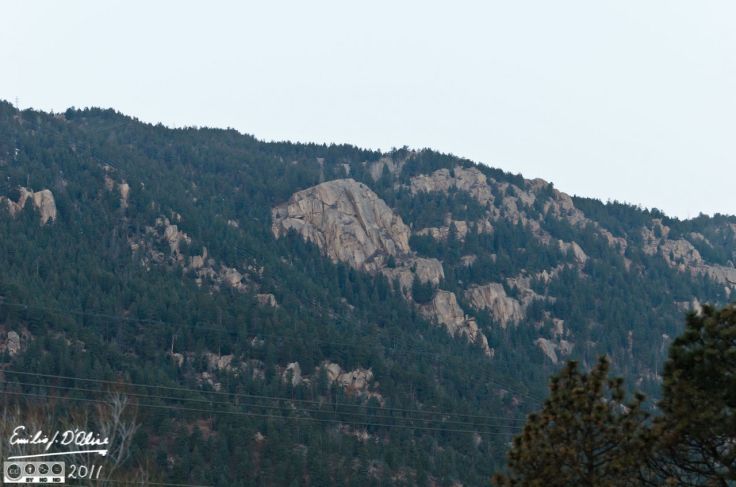

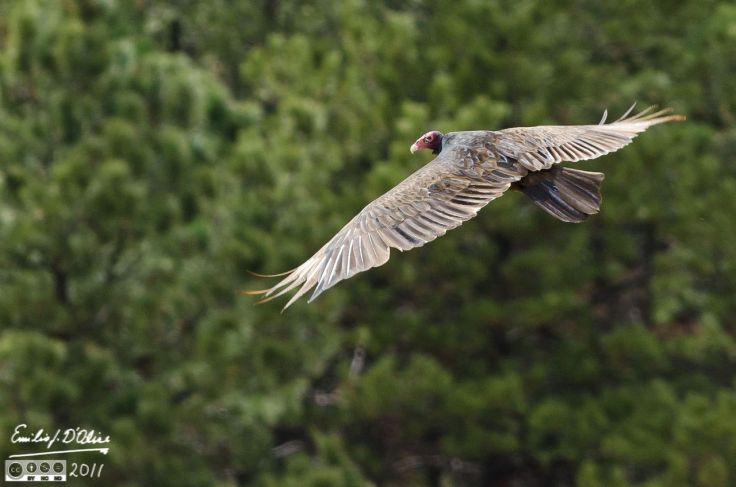





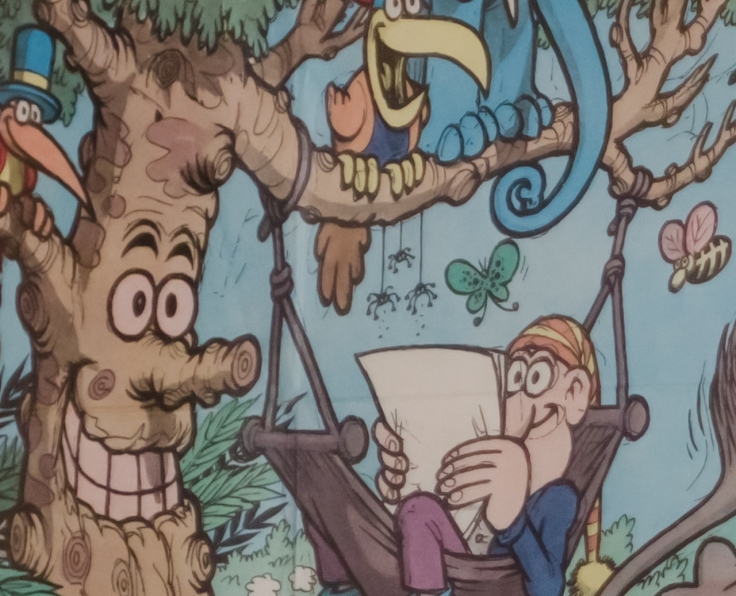
~ ~ O ~ ~
After the D7000 review, I had a post about my introduction to digital photography. This was not so much an attempt at a tutorial as me waxing nostalgic about how wonderful it is living in the modern era of photography. The SmugMug gallery for those photos is HERE.
~ ~ O ~ ~
The world would wait until November of 2011 before I ventured into the how-to field again, this time explaining and giving examples of Blended Layers as applied to Macro Photography.
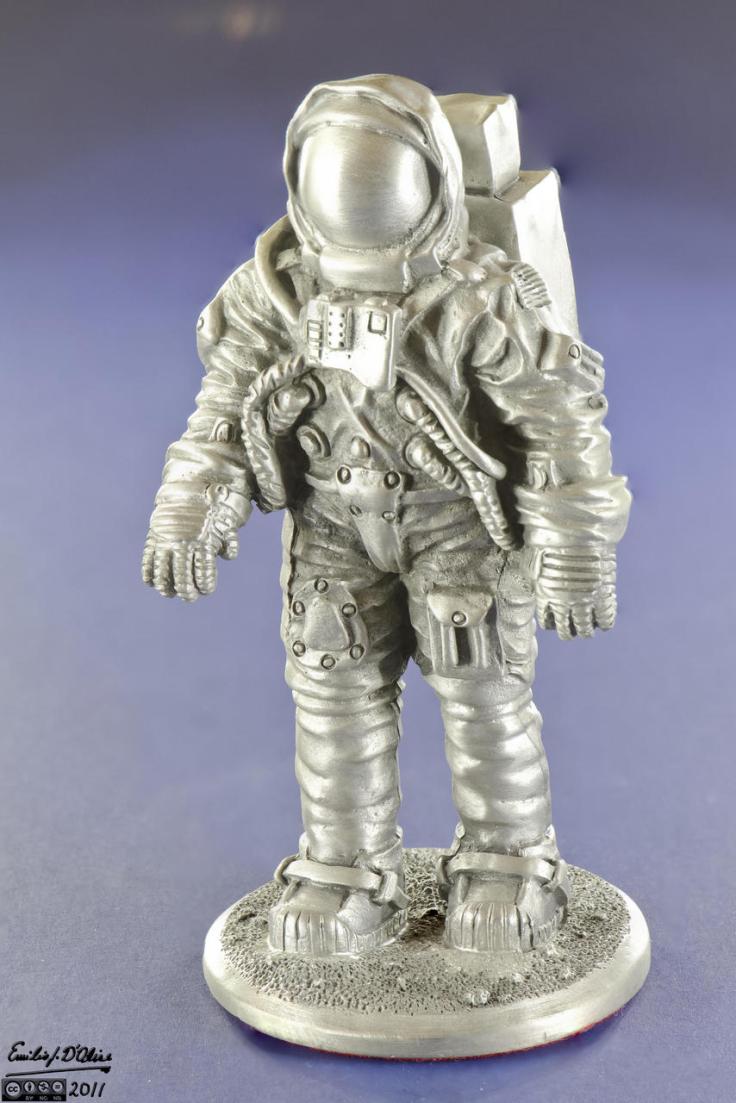
Macro photography is loosely described as snapping a close-up picture of an object, typically using a macro lens. Macro lenses allow you to get very near the subject so that it fills the frame.
Generally speaking, when shooting macros you deal with a small depth of field, meaning the in-focus area is a narrow band; things further away and things that are closer than that narrow band are out of focus. The closer one focuses, the smaller the band becomes.

Basically, blending layers involves shooting multiple photos of the same subject, each focused in successive slices of the subject (front to back or vice-versa) and bringing them into photoshop as layers. Photoshop will automatically take the portion of each slice that is in focus and combine them into one picture where the subject is now in focus front to back. I should mention Photoshop does this much better now than it did back then.


Some might remember this little boat from my “blowing in the wind” post.

. . . and, for good measure, here’s a pineapple.

~ ~ O ~ ~
There are lots of places on the web that speak about creating panoramas, and most modern phones have the option built into their various modes of picture-taking.
If one is using a DSLR, they might want to shoot multiple photos and merge them into a panorama using Photoshop (or other photo editing software). Hence, DIPSHIT.
. . . a.k.a. D’Alise (or Disperser) Indispensable Panorama Shooting – How I Take’m

DIPSHIT spells out how to physically take photos that will be joined into panoramas and doing so without the use of a tripod. It includes advice on settings and zooms.
All these shots were taken as described. Here’s a wider shot of Monument Valley:

The post itself links to what perhaps is the biggest panorama I have ever taken. It’s a panorama of Lake Powell and spans close to 240º.
Warning: this next file is BIG. Don’t click unless you have a fast internet service.

~ ~ O ~ ~
I am 5 ft 8 inch tall . . . er . . . short. I say short because I am about 2.0 inches shorter than the average American and 2.5 inches shorter than the average white American.
This is how I see the world.
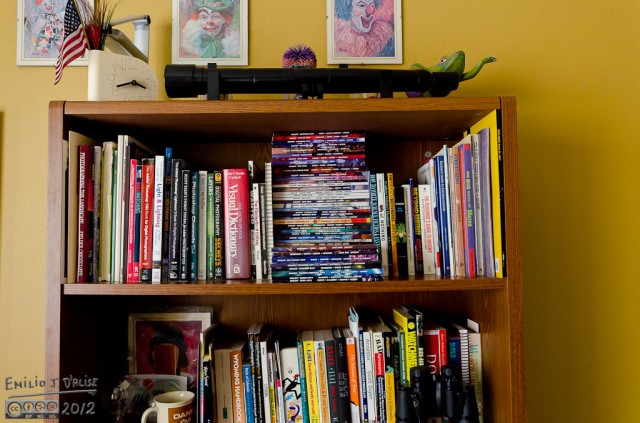
The majority of the pictures I take are at this height. Sometimes looking down, and sometimes looking up.
Those are the exact words (edited to remove errors) were used in my post about “Perspective”. Perspective can refer to a few different things.
Depending on one’s birthplace, one might come to believe women to be inferior, not worthy of having rights. Some might claim the right to tell others who they can spend their life with. And yet others might claim congress with spiritual entities, enabling them to obtain a supposed insight into the ways of the universe, our purpose here and the understanding of our relationship to the cosmos.
One perspective that matters to a photographer is height. When I take a photo, I’m usually upright, and the lens is looking from about two inches below my eyes. The same is true for most people who use a camera with a viewfinder, and for most people who hold their phone camera in front of them.
We tend to assume everyone sees the world as we do and that’s what that post is about. Here are three photos of the same thing taken from different heights.

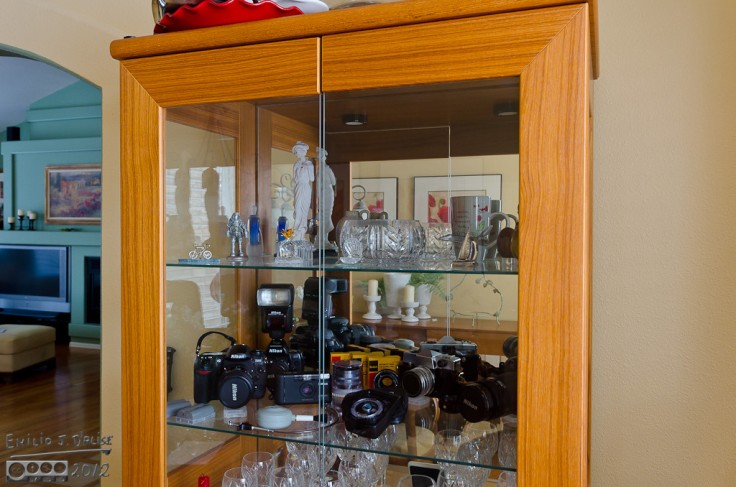

For comparison, here’s a bug’s view of our great room.

~ ~ O ~ ~

My next how-to post dealt with HDR Photography (High Dynamic Range). The following HDR photos can also be found in a SmugMug gallery HERE.
HDR photography typically references the practice of extending the standard dynamic range of a photo by merging a sequence of shots bracketed from well over-exposed to well under-exposed. The results can often be stunning (check the internet – millions of HDR images out there), although some people don’t like them at all.

The post explains the procedure and gives examples for three different programs. I now have a few more options for combining multiple exposed scenes, but the original comparison is still a decent discussion of the HDR process.
I seldom use HDR in my shots, although for some situations it helps quite a lot. Here is a comparison of subtle to more pronounced HDR processing.
~ ~ O ~ ~
Over the years, one particular question has risen to the near-top of my 127 most annoying questions; “What kind of camera do you use?”
Some people might think there is nothing wrong with that question, and neither do I . . . unless it follows the comment “Nice picture!”
I consider it as bad as walking up to John Scalzi and saying the following: “I really like your book; what kind of word processor do you use?”
The equipment query is a perfectly legitimate one, but looks can be deceiving, like a dirty, rotten deceiver. You see, what they are really asking is “What camera can I buy so that I too can take nice photos”. The question itself is predicated on the belief that one can eschew the hard work of learning a craft and just buy ability.
Anyway, I wrote THIS post to review all the equipment I own. There is a lot more information in the post, but the highlight (or lowlight) of the post was this video:
By the way, occasionally you might get asked “What do you shoot?” Beware; they still mean the camera, as evidenced by the alarmed look on their face when I unholster my gun.
~ ~ O ~ ~
My next effort in educating people about photography was TDMFTPP.
TDMFTPP was meant to be a series of posts about photography, but I stopped at two as hardly anyone read them. What’s TDMFTPP, you ask?
The D’Alise Method For Taking Passable Photos.
Conveniently, the acronym works even if one uses Disperser instead of D’Alise. How about that! Neat, right?
TDMFTPP Part I covered the difference between what your eyes (and mind) see . . .
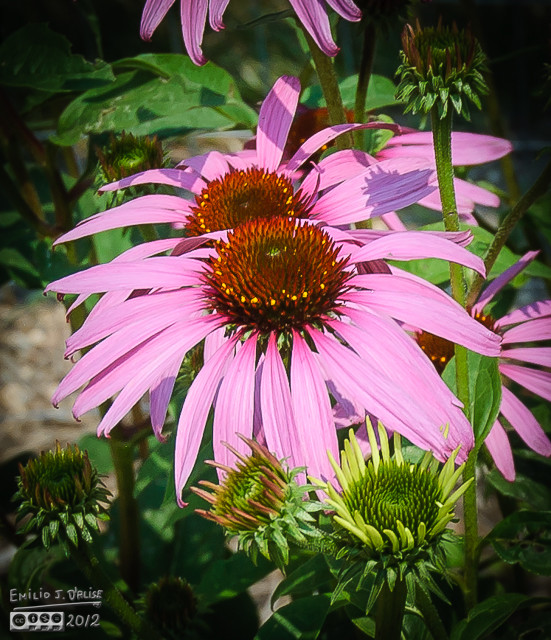
. . . and what the camera sees:

Missed it? Let me show it again. What your eyes and mind see:

What the camera and lens captures:

In the post, I cover the ability of the human eyes versus that of a digital camera sensor, and speak about the Grandfather Effect. What is it, you ask?
You don’t actually take a mental picture of a scene. You form an impression. You generate a memory that, even as it’s being recorded, is changing to suit an impression encompassing more than just what you saw. There are smells, noises, other environmental factors, all blending into an aggregate that, months later, you will recall with either fondness or dislike. The photo is just a trigger for all those impressions and it’s the impressions that can enhance your appreciation for a photo.
Here’s an example we can all relate to:
You meet someone. Eventually they can’t hold it anymore, and pull out their six-inch . . . thick wallet. Had you going, there, didn’t I? . . . shame on you!
Anyway, they open the wallet, and 318 photos spill out of what the grandparent calls “the most adorable kids ever!” What you see are snot-nosed miniatures of humans you estimate will end up, based on the behavior you observe in the photos, in jail.
The grandparent is remembering the totality of the moment, and that memory is greatly affected by their love for that related hunk of DNA. You, on the other hand, are not related, and only see a current and future drain on society.
I speak of other things as well . . . such as the importance of giving a sense of scale to a photo. For example, the above versus . . .
. . . or placing a big-ass SUV in a shot . . .

. . . or even a buffalo, if one is handy.

There is more to the post . . . if interested, go read it.
~ ~ O ~ ~
The D’Alise Method For Taking Passable Photos – Part II was all writing and no photos, and consequently even fewer people read it than TDMFTPP Part I.
In Part II, I deal with the act of pressing the shutter to take a photo. That single act is the bane of many photographers, including me. It’s the moment
It’s the instant when an otherwise rock-steady camera gets jostled . . . by the movement of your fingers and all the mechanics involved with the act.
The most common remedy is a tripod and a remote triggering device, but one could also use a timer if the camera is resting on something solid. What if you don’t have a tripod or solid surface at your disposal. Why, it means you are flying and good on you . . . but there are still things you can do to minimize movement of the camera.
Perhaps reading the post might get you some useful info . . . but remember, I’m not a pro.
~ ~ O ~ ~
The RAW Deal is only useful for people who have the capability of shooting RAW photos. That does not mean ‘uncooked’.
The post is a discussion about shooting RAW versus JPG images. As a quick reminder, a RAW file contains ALL the data captured by the sensor. A JPG file is the result of the camera manufacturer using a processing algorithm to ‘adjust’ the RAW data and in the process losing some of the information of the original capture.
This next link is about why shooting RAW is better:
http://www.herviewphotography.com/2012/06/18/raw-vs-jpg-file-formats.html
Another good article:
http://digital-photography-school.com/raw-vs-jpeg
In my post, I gave a few examples of photos as snapped . . .



. . . and after I processed them in Lightroom:

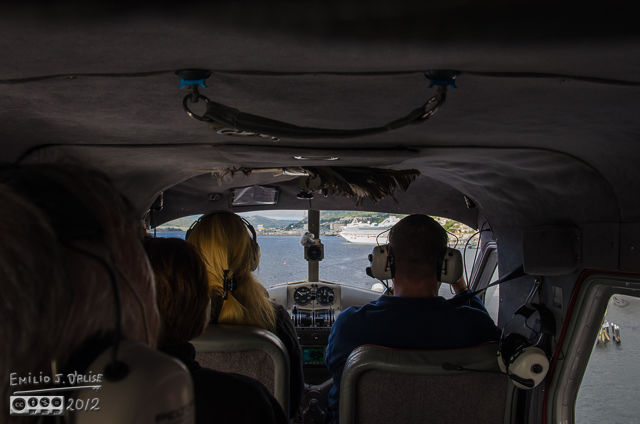

These are not filters . . . these are sliders moved around in Lightroom.
“Can’t you do that with JPGs?” you ask.
“Why, yes Bob; you can. But not to the degree that you can with RAW.”
Perhaps the most dramatic examples are these:







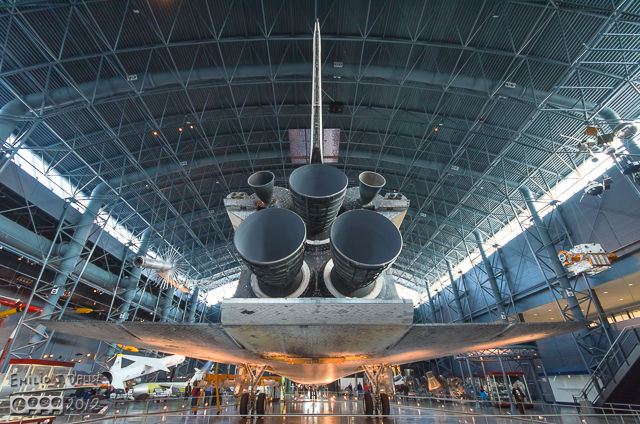
The post has more examples. Also, lots of information in the comments of this post.
Bottom line, it’s a bit more work, but if you have the option, you should shoot RAW.
~ ~ O ~ ~
There is a difference between a ‘soft’ photo purposefully processed so and one that is not sharp to begin with. The post about SHARPNESS dealt with ‘snapping a picture’:
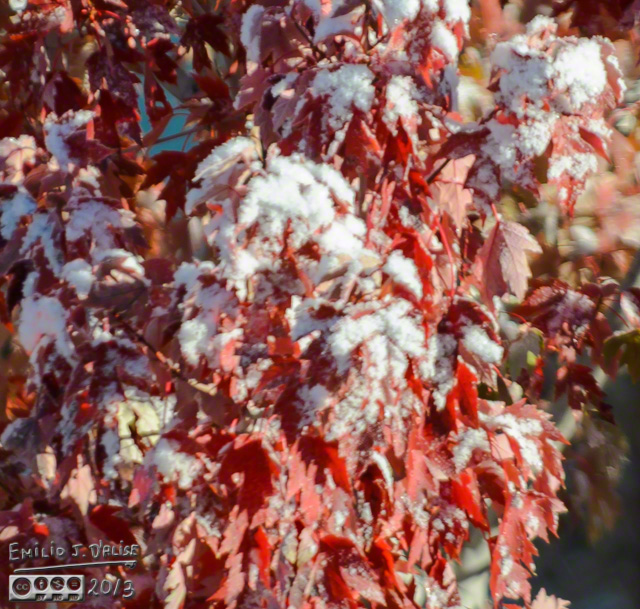
. . . versus taking the care when capturing a photo:

The post covers techniques for minimizing shake and deal with some previously mentioned procedures for ensuring a clean and sharp photograph.
~ ~ O ~ ~
I also did a quick post about Shallow Depth-of-Field and Not-Shallow Depth of Field in a post appropriately called A Quick Post on Depth-of-Field.
I used pine cones for examples, but did not say much about what controls Depth-of-Field so I don’t know how useful it was. The pine cones looked nice, though.




Pretty much, I prefer full focus on my subjects.

~ ~ O ~ ~
My Thoughts on Photography post sought to compare the photos taken with my Samsung Note II and those taken using the Nikon D7000, both during our December 2013 Florida trip.
First up, the Samsung photos.
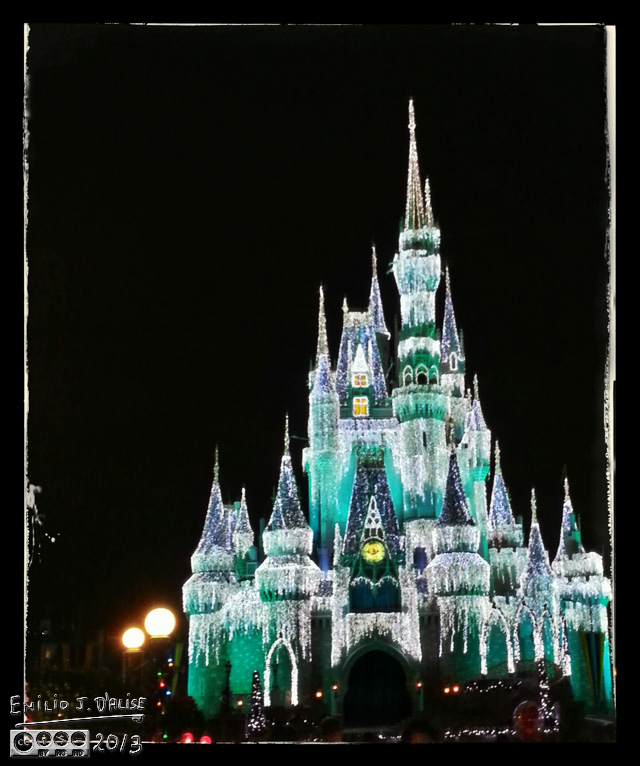




The night shots are a little iffy but remember it was dark. Here are the Nikon shots.







I think, in retrospect, the comparison is a little tough on the Samsung because of the night shots. There are many other posts comparing the two, including Visiting Colorado.
~ ~ O ~ ~
I can find beauty both in color and B&W renditions of the same photos. If I had to absolutely choose one or the other, I would have to go with color. Fortunately, I do not have to choose and I enjoy both.
In Photography the Disperser Way – Color, I discuss Black & White as an option, and try to present some arguments for when one choice is better than the other.


I also discuss B&W versus monochrome.



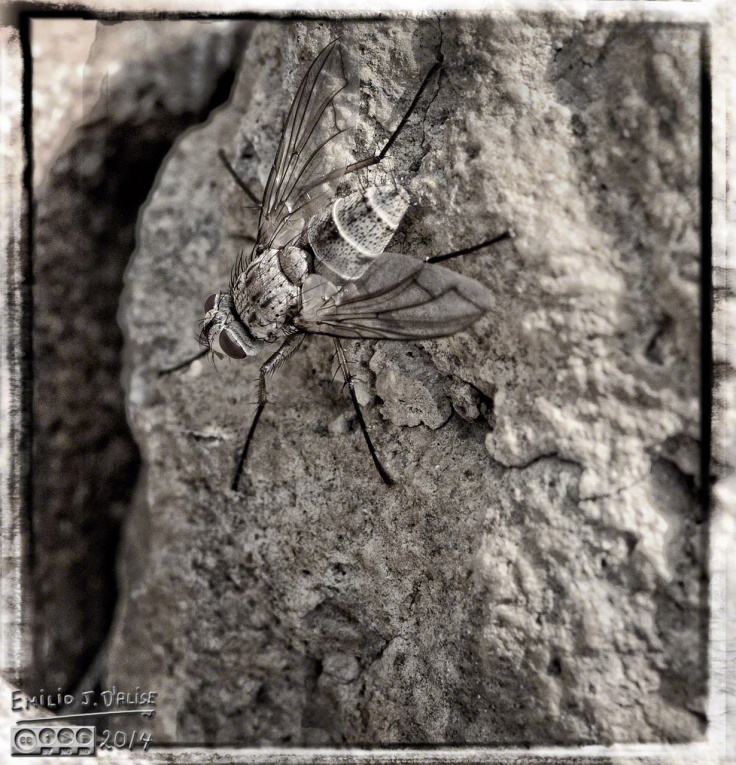
And different options to highlight the subject . . .




Some might find it an interesting read.
~ ~ O ~ ~
The last thing I cover in this already lengthy post is the option of shooting close-ups (macros) with either a very wide lens or a dedicated macro lens. I do so in the aptly-named Wide Angle and Macro post.
Here are a few samples . . .


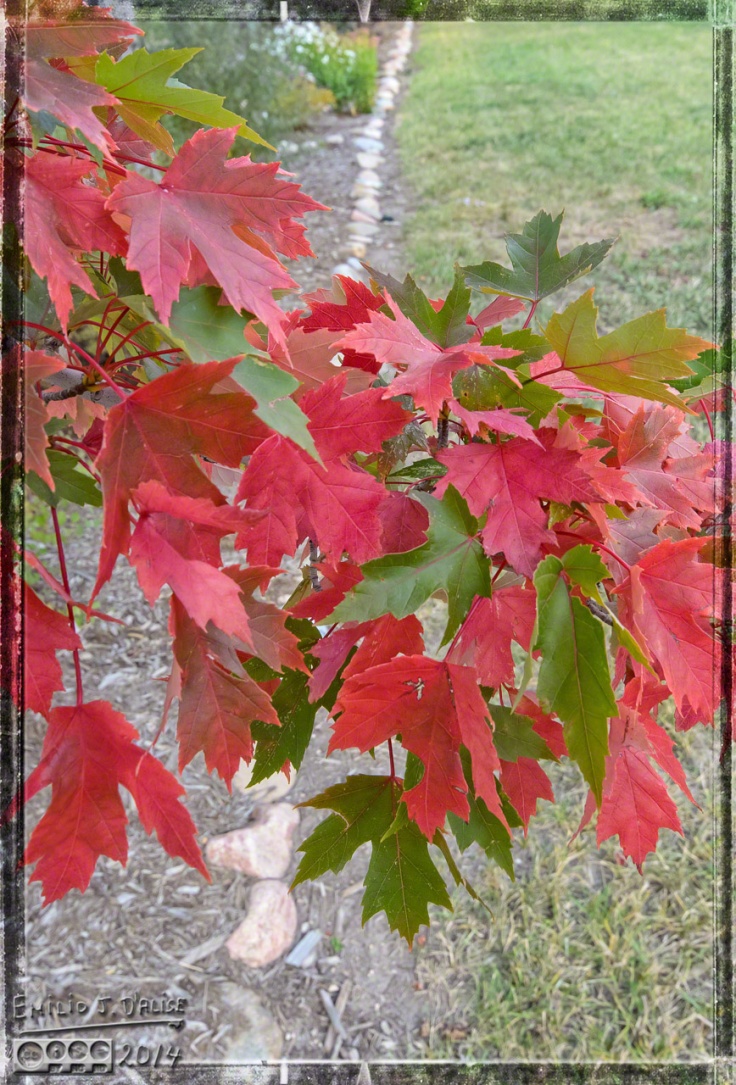
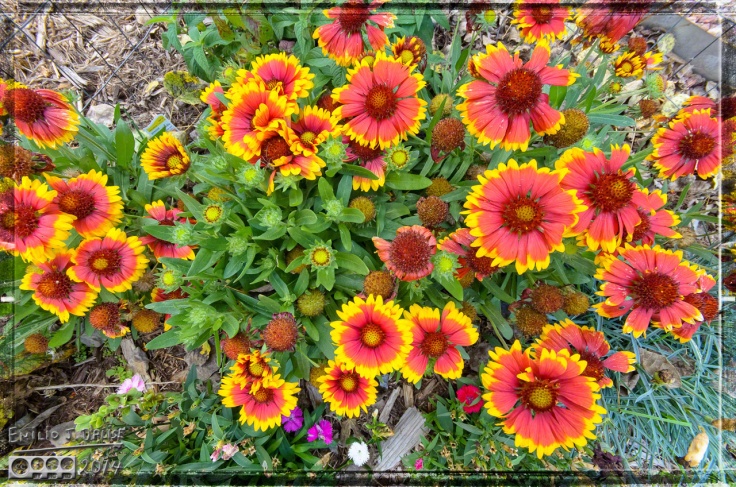
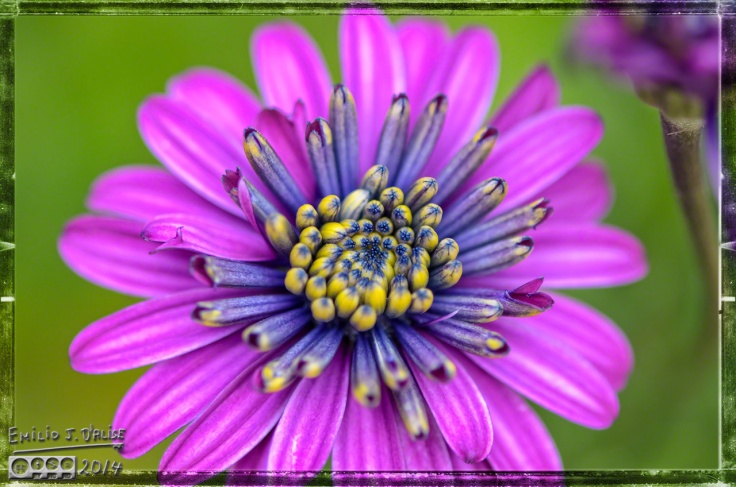


There is obviously a different feel to the photos, but both can work. To be sure, the wide-angle can never get as close as the Macro but can produce good results.
~ ~ O ~ ~
I am sure I missed many, many posts . . . but, that’s the fun of exploring this blog. You never know what you are going to find.
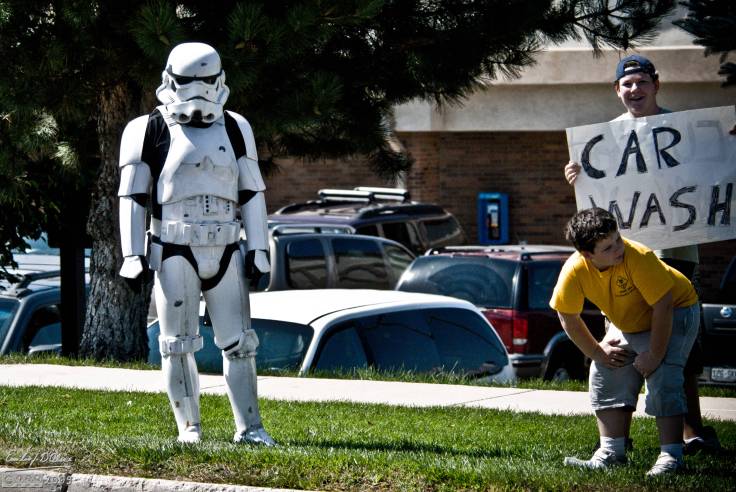




That’s it. This post has ended . . . except for the stuff below.
~ ~ ~ ~ ~ ~ o o o o o o ~ ~ ~ ~ ~ ~

Astute persons might have noticed these doodles, and correctly surmised they hold some significance for me, and perhaps for humanity at large.
If you click on the doodle, and nothing happens, this is the link it’s supposed to go to: https://disperser.wordpress.com/2011/12/26/palm-vx-and-i/.
<><><><><><><><o><><><><><><><><><o><><><><><><><>
Note: if you are not reading this blog post at Disperser.Wordpress.com, know that it has been copied without permission, and likely is being used by someone with nefarious intention, like attracting you to a malware-infested website. Could be they also torture small mammals.
<><><><><><><><o><><><><><><><><><o><><><><><><><>
Please, if you are considering bestowing me recognition beyond commenting below, refrain from doing so. I will decline blogger-to-blogger awards. I appreciate the intent behind it, but I prefer a comment thanking me for turning you away from a life of crime, religion, or making you a better person in some other way. That would mean something to me.
If you wish to know more, please read below.
About awards: Blogger Awards
About “likes”: Of “Likes”, Subscriptions, and Stuff
Note: to those who may click on “like”, or rate the post; if you do not hear from me, know that I am sincerely appreciative, and I thank you for noticing what I do.
. . . my FP ward . . . chieken shit.
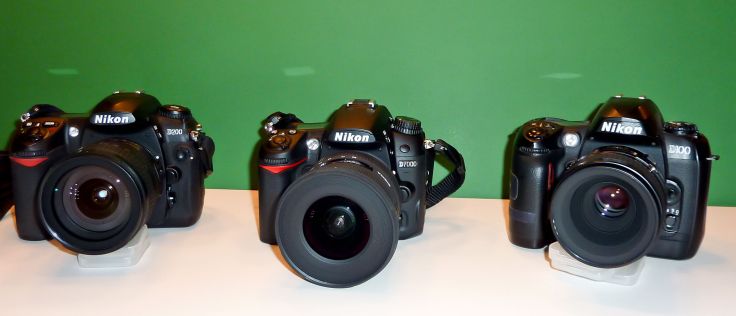







Enjoyed the photos as usual Emilio 🙂
LikeLike
Thank you, Norma. Mostly previously used, but I imagine most readers have not seen them.
LikeLike
I came very close to purchasing the D7000 but when I saw the D600 for not much more money, I purchased that instead. The main reason was the full frame lense I had for it, plus some other accessories I had on hand. I have a friend who was shooting the D7000 professionally and his photos were outstanding. Even today, it’s as capable as any new camera on the market.
LikeLike
I opted to remain with the DX specifically because it makes my 70-200 a 105-300mm and my 80-400 a 120-600mm . . . most of my photos are in the higher zoom ranges, so I like that added kick.
LikeLike
My Best of series:
Moon Setting Behind Front Range
All Three Panoramas (Super WOW for Lake Powell)
The first Sense of Scale photo
. . . and last, but certainly not least, Cinderella’s Castle (all of them!)
I’m sure glad you know all this ‘photography stuff’ that enables you to take such glorious shots!!!
LikeLike
. . . just a fake bunny in the snow . . .
LikeLike
I think that last photo is of my Grandpa! 😉
Your photos are a joy to look at, Emilio! I look at quite a few photography blogs here on WP…all of them are blogs of friends of mine. Sh! 🙊 Don’t tell them…but, your photos are so superior!
Your friend in the vid needs to eat more….get some meat on those bones! 😉 😛
Love the buffalo, the bunny in the snow, the castle shots, and all of your nature shots! 🙂
That car is very colorful! 🙂
HUGS!!! 🙂
LikeLike
Why, thank you.
. . . of course, now your friends probably hate me (nothing new – that club has a large membership).
Bones is destined to remain nothing but (fake) bones; I seldom share food.
I chatted with the lady that owns that car, asking permission to photograph it. I’ll add a few closeups in the next post.
LikeLiked by 1 person
Well, since my friends haven’t discovered your blog, they can’t hate you! 😉 😛
Did she say why it was painted like that?!
In CA I often saw cars with expensive murals painted on them. They were interesting. One was a tribute to The Grateful Dead. It was wild!
LikeLike
WHAT?! . . . you’re not telling your friends about my blog?
. . . no wonder I get so few visitors. No worries; no one tells anyone they know about my blog.
As for the car, she said she started it because she always wanted to do that with a car, and she kept adding to it. I have a few closeups of the figurines she glues on there, and some of the paint details.
Plus she said she never has to wash it.
LikeLike
“April 2015”? Did you figure out how to time travel, and this is your subtle way of telling us? haha
LikeLike
Thanks; finger memory at work. Corrected now.
LikeLike
I absolutely love your images!! So varied!!
LikeLike
I agree . . . I lack focus.
LikeLike
me too!
LikeLike